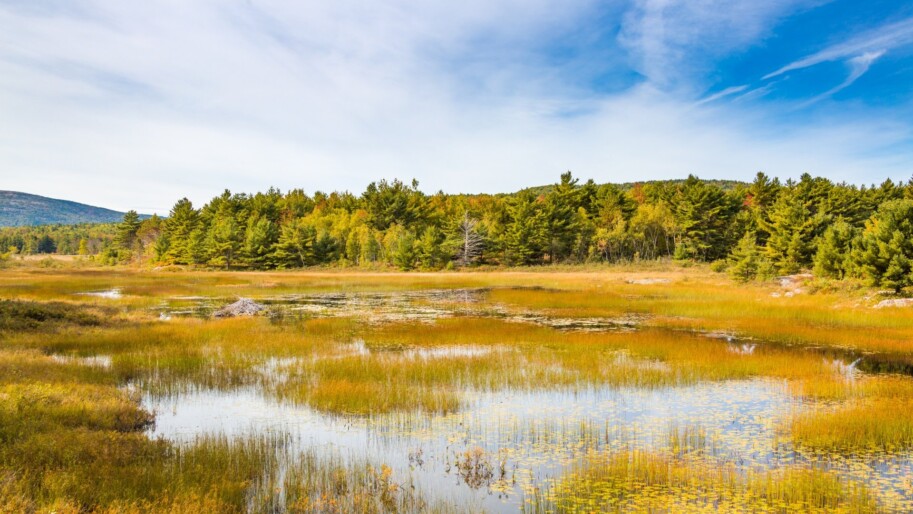by Daniel Cusick, Scientific American
Highlights
- A new report from the National Wildlife Federation and Allied World suggests that nature-based solutions to extreme weather events could save more money and result in less disaster-related damages compared to engineered projects such as dams, levees, and sea walls
- The use of nature-based infrastructure, such as living shorelines and floodplain restoration can be supported with funding in upcoming water resource bills and economic recovery packages from the current COVID-19 pandemic, according to study co-author Jessie Ritter
- The report includes nationwide case studies where nature-based solutions helped prevent or reduce impacts of climate-related events
- In Texas, an abandoned golf course was converted into a wetland by the local water authority, protecting 150 homes from flooding during Hurricane Harvey in 2019
- Removing dams was found to be 60% less expensive than maintaining and repairing them over the three decades following the dismantling
- Green infrastructure projects provide ecosystem services that improve water quality and protection for fish and wildlife habitats
Implementing bold and equitable policies that will catalyze carbon sequestration and resilience through building healthy soils and restoring healthy habitats will be key to achieving drawdown greater than emissions (net-negative emissions) by 2030 for a climate-safe California.

Nina Turner
Energy Programs and Communications CoordinatorJanina is a graduate of the Energy Management and Design program at Sonoma State University with experience in non-profits that specialize in sustainability and volunteerism.

